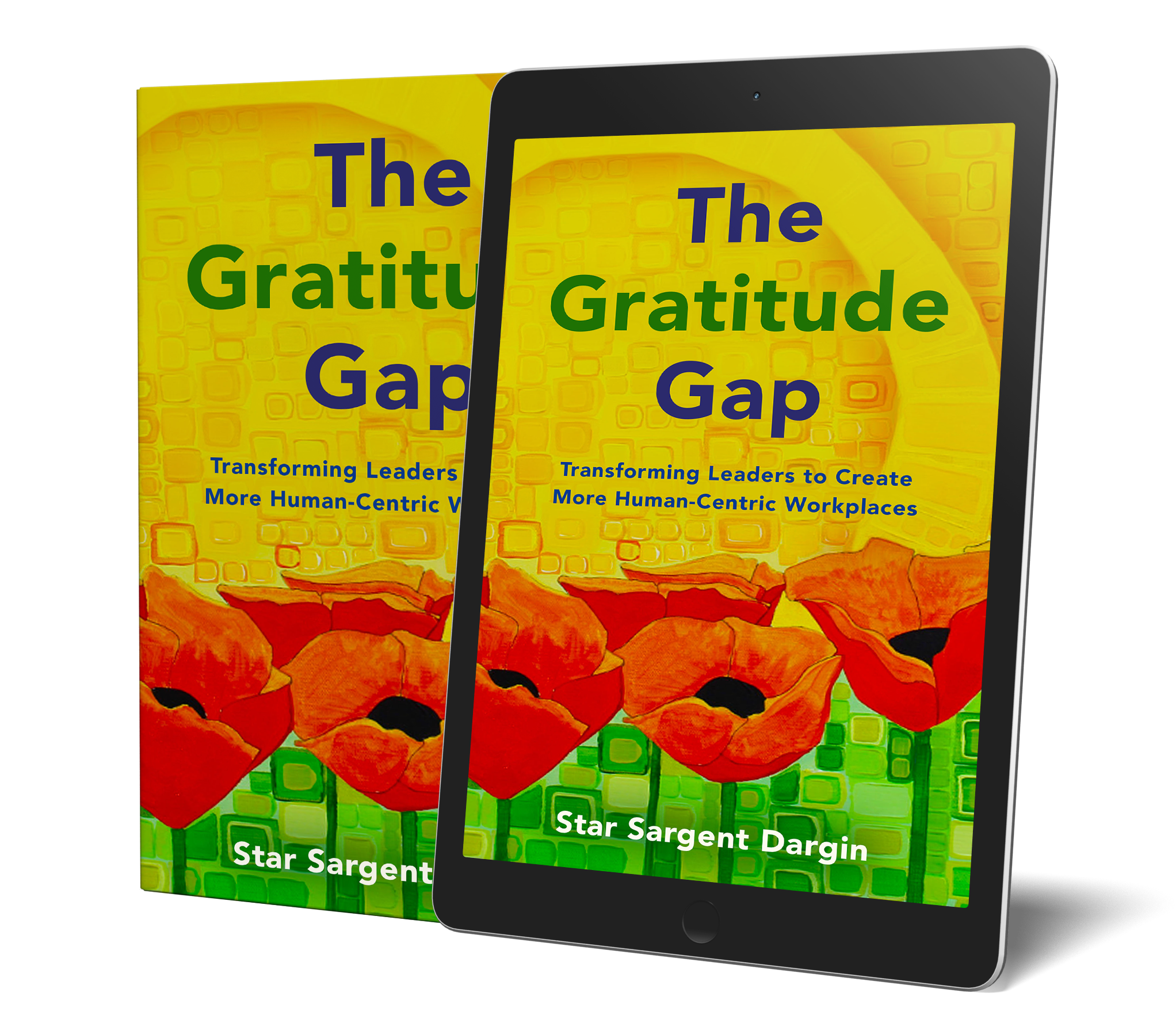What problem are you facing right now? Is it life-altering, unable to deliver as promised, or are you stuck in traffic? Regardless of the level of the problem, have you tried gratitude?
Regardless of size, gratitude is part of the solution to all problems.
A strong gratitude muscle is like a Swiss Army Knife. It is a vital tool for problem-solving. It’s ready when needed, easy to carry, and guaranteed for life. It keeps you open-minded and not solving problems from a place of fear. The solutions are more innovative. This is not just me saying it; it’s thousands of researchers, antidotal, and from the grateful leaders I interviewed.
Gratitude is more than just a good feeling; it is a strategic leadership skill. However, there are challenges with gratitude. Some may surprise you and be different from what you think. The good news is that gratitude costs nothing and requires very little time to practice.
My next book will discuss the three truths of gratitude and their challenges and solutions; the current working title is The Three Leadership Gratitude Truths.
The most common gratitude challenge is believing we are grateful enough. Grateful enough is when people don’t actively work on strengthening their gratitude because they don’t believe they can or know-how. Gratitude is a muscle and must be continually used and strengthened to stay and get stronger. This prevalent challenge, grateful enough, keeps us from experiencing the range of gratitude and its mental, physical, and social benefits. I have identified over thirty gratitude challenges and their solutions in the upcoming book. Some are common and well-understood, like staying grateful around negative people; others are more complex due to gratitude’s universal, omniscient, and messy nature. But remember, we’re all in this together.
Unless you are a gratitude master, like Bishop Desmond Tutu, Nelson Mandela, Malala Yousafzai, Yoda (of Star Wars fame), or Martin Luther King, some part of you is missing the ability to improve every problem.
Gratitude becomes more robust and solid with regular and consistent use. Building a strong gratitude muscle requires focusing on these different gratitude practice areas:
- Consistency, Sustaining Gratitude: What percentage of your day are you grateful?
- Deepening Gratitude: How deeply can you feel gratitude?
- Shifting back to Gratitude: How fast can you return to gratitude after difficulties or stress?
It’s important to understand that everyone has a different level of gratitude and requires personalized practice. Not everyone is a fan of journaling like me. Here are some general ideas for gratitude. Check out past blog interviews with gratitude leaders about how they practice gratitude.
Questions:
1. How do you practice gratitude?
2. Which practice area is the most challenging or easiest for you (sustaining, depth, or shifting)?
Resources:
The Science of Gratitude & How to Build a Gratitude Practice – Huberman Lab
Practicing Gratitude for Better Health and Well-Being | University of Utah Health
Twelve Ways to Practice Gratitude (by me) PowerPoint Presentation (leadingwithgratitude.net)
Cultivating Cultures of Gratitude (by me) GratitudeCultureConverage2021Conference-.pdf (leadingwithgratitude.net)
Star’s Blog with Grateful Leaders: Blog – Star Leadership
Gratitude: The Missing Ingredient in Your Leadership Toolkit
I’m excited to say I’ve booked a few talks and workshops based on my upcoming book, The Three Leadership Gratitude Truths. If you want to ensure a date/time that works for you, please contact me to discuss how we can tailor the material to your needs.

